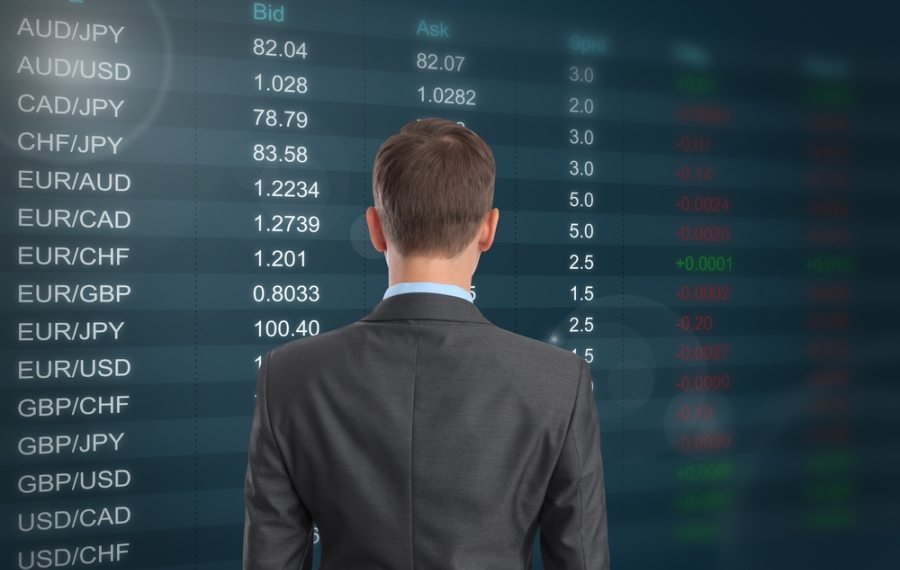The world’s foreign exchange market is one of the most critical and influential financial markets. While it may be slightly more complicated than simply buying and selling currency, traders often make their luck by staying informed about economic trends in major countries.
Economic Indicators
Economic factors are key drivers of forex trading activity. They play a significant role in determining inflation levels, interest rates, trade balances, commodity prices, relative currency values, government bond yields and stock prices. Investors need to consider these economic indicators when looking for profitable trades.
Many different types of economic indicators can impact all kinds of investment decisions. Still, for our purposes, we’ll focus on several specific measures that significantly affect currency values. The most significant indicators are those that measure inflation, growth and interest rates.
The Consumer Price Index
The Consumer Price Index (CPI) measures changes in retail prices for a basket of consumer goods and services. Inflation occurs when the CPI rises over time because more money is needed to buy the same quantity of goods and services from year-to-year. An increase in CPI causes interest rates to rise because it becomes riskier for investors to make loans if they can’t get their money back with an adequate return after inflation has been accounted for.
Inflation also reduces the purchasing power of currencies by making them worthless relative to other currencies. An investor may need two units of currency A to buy the same amount of goods as possible with one unit of currency B earlier this year.
Interest rates
Higher interest rates make investing in a country’s economy more attractive because the government pays out interest on borrowed money. Central banks adjust interest rates based on inflation and growth indicators, which means that an economic slowdown or contraction will cause the country’s central bank to lower interest rates.
When investors can get more return by borrowing money from that country’s central bank, they’ll do so by buying its currency, causing its value to rise. The opposite happens when the country experiences inflation, which causes its central banks to increase interest rates. Nervous capital tends to flow out of countries where higher returns are unlikely, which depresses the value of its currency.
The Gross Domestic Product
The Gross Domestic Product (GDP) measures the total value of all goods and services produced in a country over a specific period. It’s one of the most closely watched indicators by central banks because it gives insight into how much potential economic growth exists in an economy. In particular, actual GDP estimates account for inflation which excludes any distortions resulting from rising prices.
Inflation rates
High levels of employment, rising incomes and low-interest rates tend to produce high levels of spending on goods and services. The increased spending causes inflationary pressures, forcing central banks to increase interest rates to manage these pressures. However, suppose the country has large trade deficits. In that case, this means that demand isn’t being met by its domestic production, so inflation will continue until demand falls and the trade deficits shrink.
Trade balance
Many forex traders consider changes in a country’s trade balance as essential indicators of currency movements because they directly influence inflation and interest rates. A country with a current account surplus experiences deflationary pressures and has investor confidence that its central bank can maintain low-interest rates to support economic growth. Low-interest rates cause an increase in the value of its currency relative to other currencies.
Suppose a country is running a trade deficit. In that case, demand for goods and services exceeds what it can produce domestically, so there will be inflationary pressures that cause central banks to raise interest rates, thereby strengthening the value of their currency relative to others.
Finally
Economic factors play a significant role in determining currency values, but it takes more than knowing what influences currencies most. Trading in a forex market requires a solid understanding of how currency pairs react to economic events. In particular, it’s essential to recognise what exactly drives currency prices and how changes in one currency will impact another.

Leave a Reply